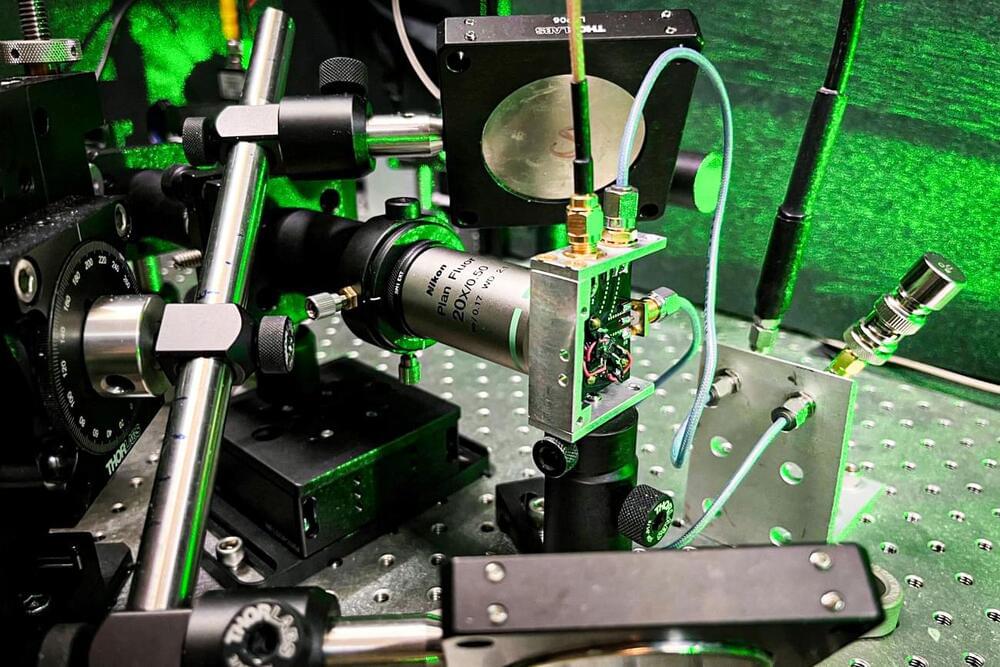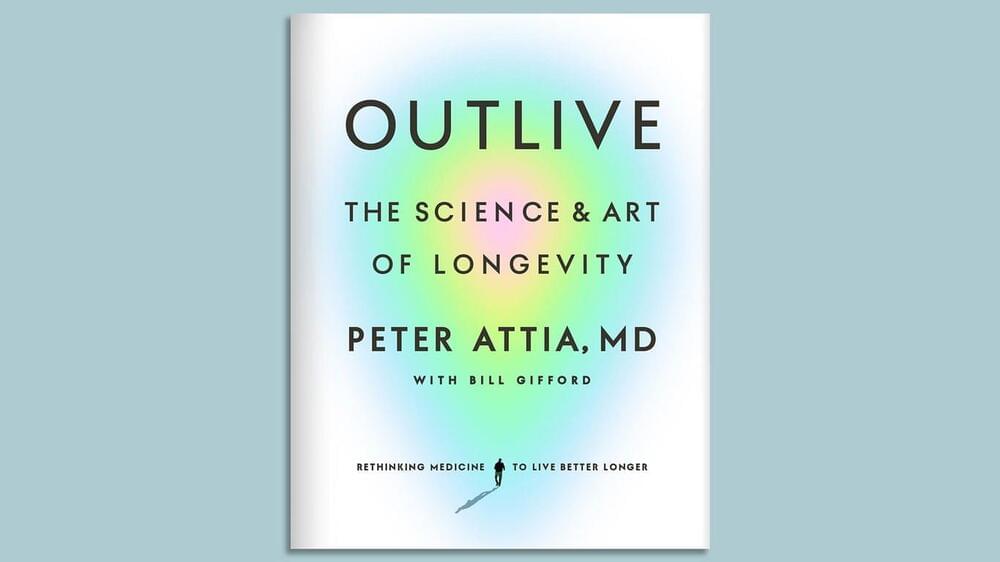On Wednesday, Meta announced it is open-sourcing AudioCraft, a suite of generative AI tools for creating music and audio from text prompts. With the tools, content creators can input simple text descriptions to generate complex audio landscapes, compose melodies, or even simulate entire virtual orchestras.
AudioCraft consists of three core components: AudioGen, a tool for generating various audio effects and soundscapes; MusicGen, which can create musical compositions and melodies from descriptions; and EnCodec, a neural network-based audio compression codec.









